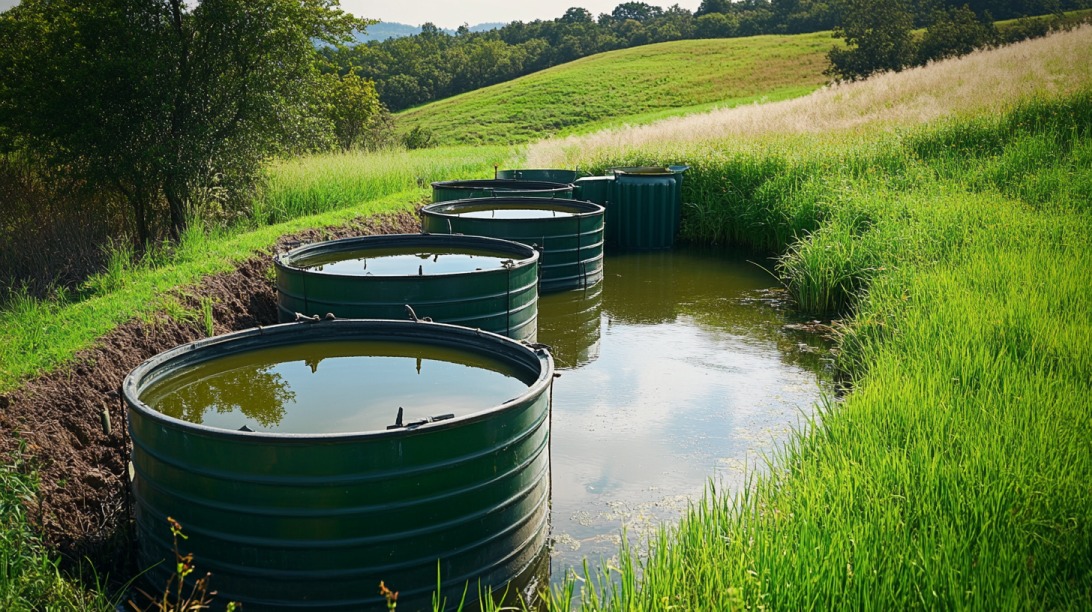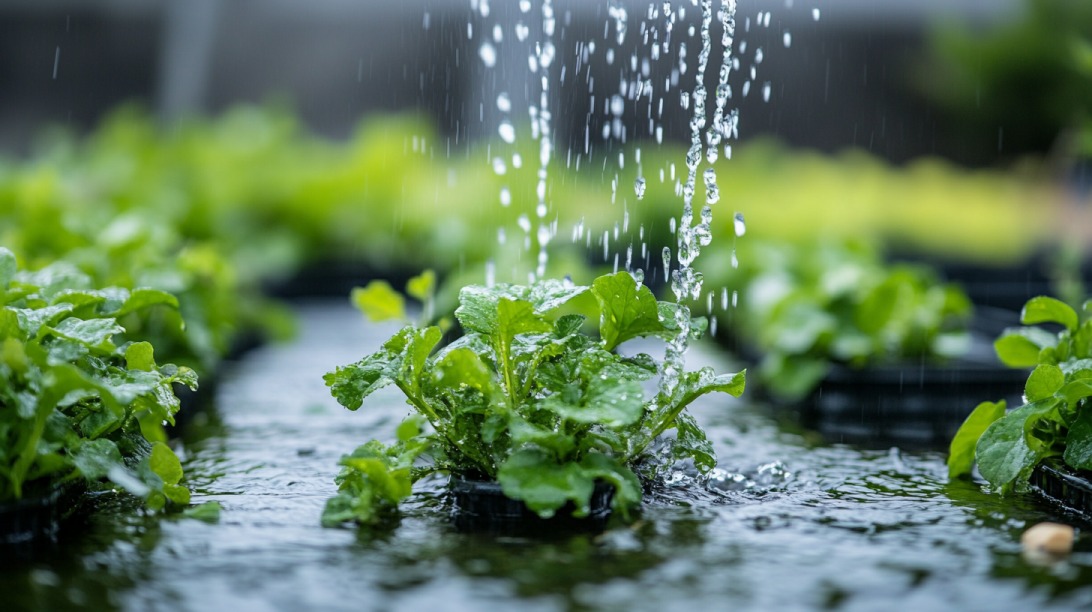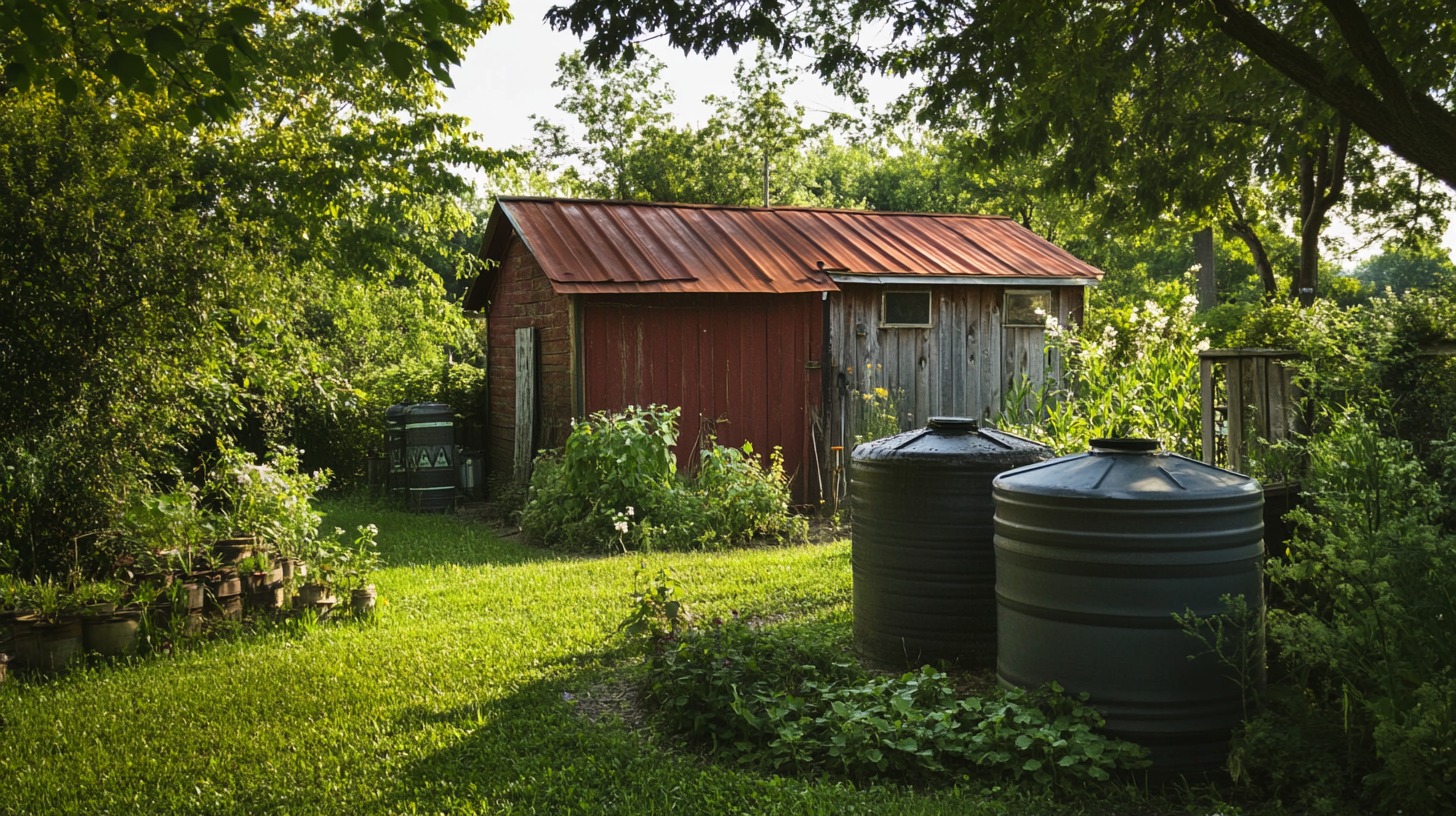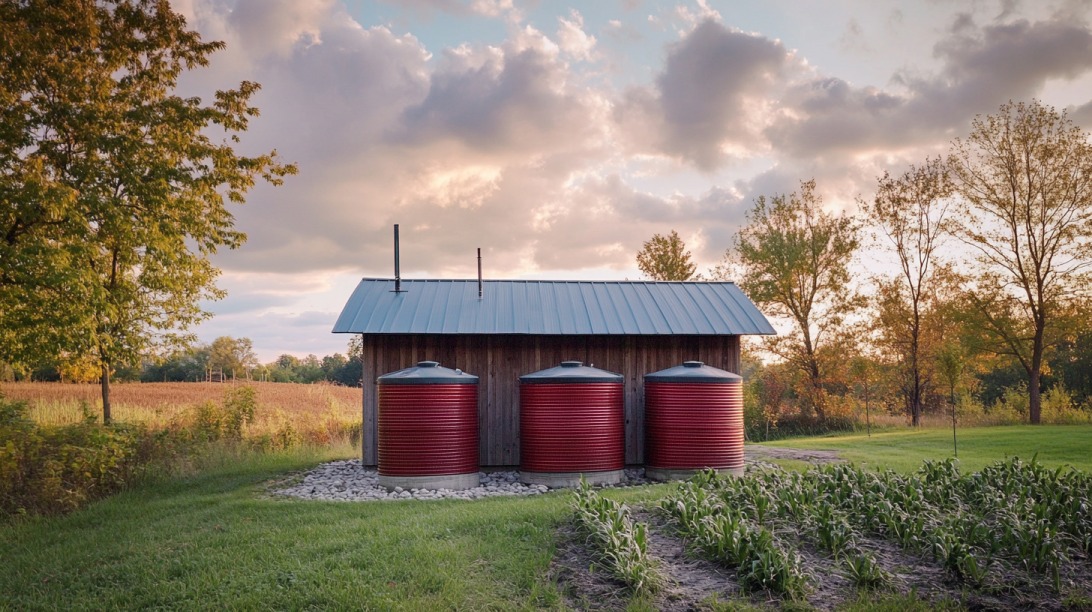Rainwater harvesting in Indiana deserves attention through legal, practical, and environmental lenses. With water conservation gaining traction, practices like collecting and using rainwater present real solutions for homeowners, farmers, and institutions.
Sustainable water practices are no longer optional; they are essential. Rainwater harvesting helps reduce utility costs, manages stormwater more effectively, and supports self-sufficiency during weather-related disruptions.
By turning unused runoff into a usable resource, residents contribute to both environmental preservation and personal savings.
Legal Landscape of Rainwater Harvesting in Indiana
Rainwater harvesting is legal in Indiana. No state laws restrict residents from installing and using systems to collect rainwater.
For homeowners and small-scale users, especially those utilizing collected rainwater for non-potable outdoor purposes, the path remains clear and unobstructed.
- Legal for residential, non-potable applications
- No statewide prohibitions or licensing requirements
- Common uses include lawn irrigation and washing vehicles
A neutral to supportive legal position provides flexibility for households and small farms looking to enhance water efficiency.

Regulatory References
Legal guidance is found in Chapter 29 of the 2020 Indiana Residential Code, which deals specifically with non-potable rainwater systems.
It offers structural clarity for those constructing or retrofitting homes to include collection mechanisms.
By outlining safe operational practices, the code gives homeowners confidence when designing systems that meet local safety expectations.
- The code applies to non-potable systems only
- Emphasis on design integrity, backflow prevention, and material safety
- Supports do-it-yourself or professional system builds when aligned with code
Regulations serve more as a guide than a barrier, offering direction without imposing unnecessary restrictions.
Local and Municipal Support
Several municipalities take additional steps to encourage rainwater harvesting.
West Lafayette and Elkhart County, in particular, offer public programs and incentives to promote awareness and adoption. These local efforts help bridge the gap where state-level programs remain limited.
- Rain barrel rebates for residents (e.g., Greater Elkhart County)
- Community workshops on rainwater collection and system maintenance
- Educational campaigns targeting water conservation
Local support strengthens community involvement and helps normalize rainwater harvesting as a viable household practice.
Permits and Codes
For most outdoor, non-potable systems, such as those used for watering plants or washing outdoor tools, permits are generally not required.
Systems intended for indoor use or connected to a building’s plumbing often require additional oversight.
Safety and health remain priorities, particularly where water crosses into living spaces or is meant for human consumption.
- No permits needed for basic outdoor rain barrels or irrigation setups
- Permits may be required for indoor systems, especially those integrated with household plumbing
- Potable systems must comply with ANSI/NSF filtration and treatment standards
Planning systems with these considerations in mind help avoid delays and ensure compliance with applicable codes.
Best Practices for Rainwater Harvesting Systems
Rainwater harvesting offers real-world functionality for households, commercial entities, and agricultural producers.
Systems are flexible enough to support everything from basic gardening to industrial cleaning, provided storage and distribution methods are well matched to the task.
Applications differ depending on the scale and purpose, but many options exist for saving water and money through responsible collection and reuse.

Common Residential Uses
Most homeowners begin with outdoor use, where storage barrels or tanks support daily irrigation or cleaning tasks.
With minimal setup, rainwater becomes a reliable tool for seasonal activities, offering cost savings and operational independence during dry periods.
- Irrigation: Watering lawns, gardens, vegetable beds, and flower patches
- Cleaning: Washing cars, bikes, tools, driveways, and outdoor furniture
- Cooling: Supplying water to evaporative coolers or misting systems
- Indoor Non-Potable Use: Flushing toilets or feeding washing machines (requires filtration and plumbing separation)
Using harvested rainwater for these purposes cuts down on treated water use, reduces utility bills, and minimizes environmental impact during peak seasons.
Commercial & Agricultural Potential
Commercial and agricultural settings hold vast potential for rainwater harvesting, though adoption has lagged due to a lack of financial incentives or mandates.
Larger systems require initial investment and often operate at greater scale, but benefits grow over time.
- Irrigating large green spaces or ornamental plants
- Washing equipment, floors, or vehicles
- Collecting runoff from barn roofs or storage buildings for crop irrigation, livestock hydration, and machinery cleaning
- Supplementing water supply for controlled-environment agriculture
Careful design ensures stored water is aligned with seasonal rainfall patterns, and storage capacity fits expected usage levels.
Benefits multiply when systems are scaled appropriately for property size and purpose.
System Design Recommendations

Proper containers and infrastructure reduce risks while maximizing efficiency. System integrity starts with preventing sunlight, pests, and debris from compromising stored water.
- Opaque Tanks: Prevent algae growth by blocking sunlight
- Secure Lids and Mesh Covers: Stop mosquito breeding and deter animals
- Debris Screens: Catch leaves and rooftop contaminants before entry
- Overflow Outlets: Direct excess water away safely during storms
- Downspout Filters: Separate sediment and reduce clogging
- Elevated Bases or Gravity-Driven Flow: Support easier access and reduce pump reliance
Placement should ensure convenience while avoiding interference with building access or landscaping.
Water Safety Measures
Rainwater used for irrigation or cleaning usually requires minimal treatment.
However, indoor and potable applications demand stronger safety protocols. Health risks increase when water enters plumbing systems or touches surfaces used for food preparation.
- Non-Potable Warning Labels: Clearly mark outlets and spigots for rainwater
- ANSI/NSF-Compliant Filters: Ensure safety when indoor use is intended
- UV Treatment or Chlorination: Remove bacteria if water contacts humans or animals
- Separate Plumbing Loops: Avoid cross-contamination with drinking water systems
Treatment level should always match end use, with no shortcuts where human health is involved.
Avoiding Contamination
Collection surfaces and system inputs must stay clean to preserve water quality. Improper setup increases risk of harmful runoff entering storage tanks.
- Use Clean Roofing Surfaces: Choose metal, tile, or untreated wood over asphalt
- Avoid Runoff from Driveways or Parking Areas: These often contain oil, gasoline, or pesticide residue
- Regular Roof and Gutter Cleaning: Prevent accumulation of bird droppings or debris
- Use First Flush Diverters: Discard initial rain that contains higher pollutant levels
Following these precautions ensures harvested rainwater remains suitable for safe reuse.
Smart Rainwater Harvesting: Economic and Environmental Benefits

Harvesting rainwater offers more than convenience. Economic benefits combine with environmental gains, creating strong incentives for both residential and public-scale adoption.
Local governments, developers, and individuals all stand to benefit when rain is treated as a resource rather than a runoff problem.
Water Bill Reduction
Municipal water usage carries a recurring cost that often rises during summer. Diverting rain to meet basic outdoor needs trims utility expenses without sacrificing convenience.
- Lower Irrigation Costs: Reduced reliance on tap water during summer months
- Minimal Investment for Maximum Savings: Rain barrels quickly pay for themselves
- Offset for High-Rate Tiers: Helps residents who face surcharges for high consumption
- Budget Stability: Less fluctuation in monthly bills due to weather changes
Even modest savings accumulate across months or years, particularly for properties with large lawns or gardens.
Stormwater Management
Heavy rain events can overwhelm drainage systems, leading to flooding, erosion, and polluted runoff. Rainwater harvesting intercepts this flow at the source and turns a liability into an asset.
- Reduced Soil Erosion: Prevents channeling and washouts in yards or gardens
- Less Runoff to Streets and Drains: Helps city systems manage peak loads
- Cleaner Rivers and Streams: Minimizes introduction of contaminants into waterways
- Compliance with Local Ordinances: Some areas offer credits for stormwater mitigation
Urban areas gain the most due to high impervious surface coverage.
Environmental Impact
Freshwater systems face growing demand and strain. Reducing extraction and wastewater volume supports broader conservation goals without sacrificing comfort.
- Groundwater Recharge: Promotes slow seepage into aquifers through irrigation
- Energy Savings: Reduces demand on pumping and treatment plants
- Pollution Reduction: Keeps fertilizer, sediment, and heavy metals out of natural water bodies
- Resource Awareness: Encourages long-term changes in personal and household water habits
Cumulative environmental improvement grows with widespread community adoption.
Resiliency
Climate volatility increases the risk of droughts, water bans, and municipal service interruptions. Stored rainwater provides a buffer that smooths over short-term gaps in supply.
- Water Access During Shortages: Continue irrigating or cleaning when restrictions are in place
- Improved Food Resilience: Support backyard gardens during dry spells
- Emergency Supply Options: Useful for washing or sanitary purposes during outages
- Insurance Against Water Pricing Fluctuations: Long-term hedge against rising rates
Households with stored water experience fewer setbacks when weather or policy changes impact public supply.
The Bottom Line
No state laws hinder rainwater harvesting. Legal clarity, combined with limited but growing local support, places Indiana in a position of passive encouragement.
Homeowners, schools, businesses, and municipalities have an opportunity to improve sustainability by installing rainwater systems. Local governments can boost impact by offering rebates, guidance, or educational support.
Rainwater harvesting offers long-term potential for addressing water conservation, managing stormwater, and improving resilience.



